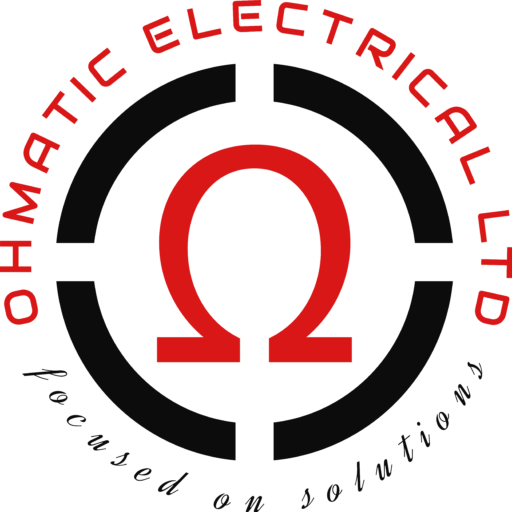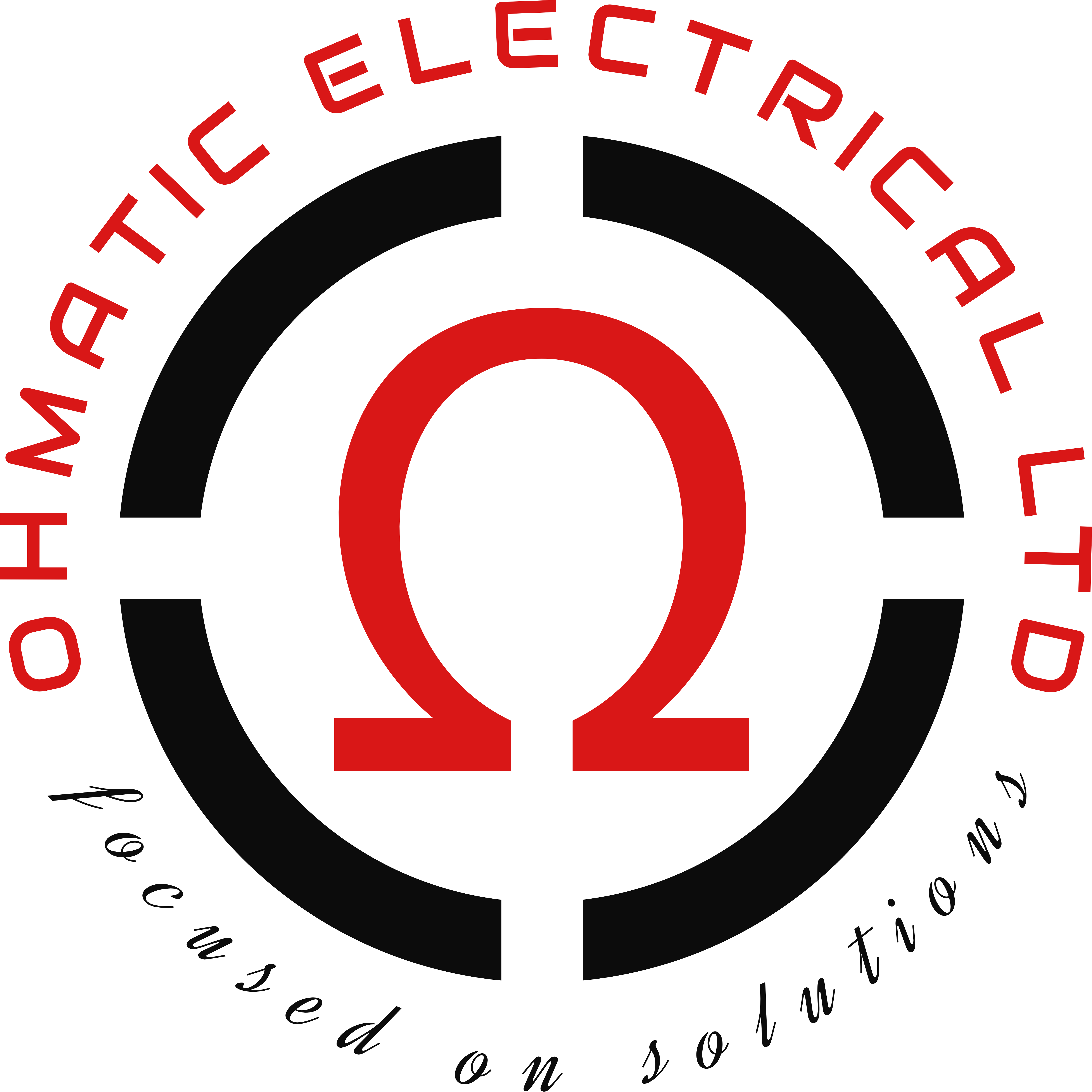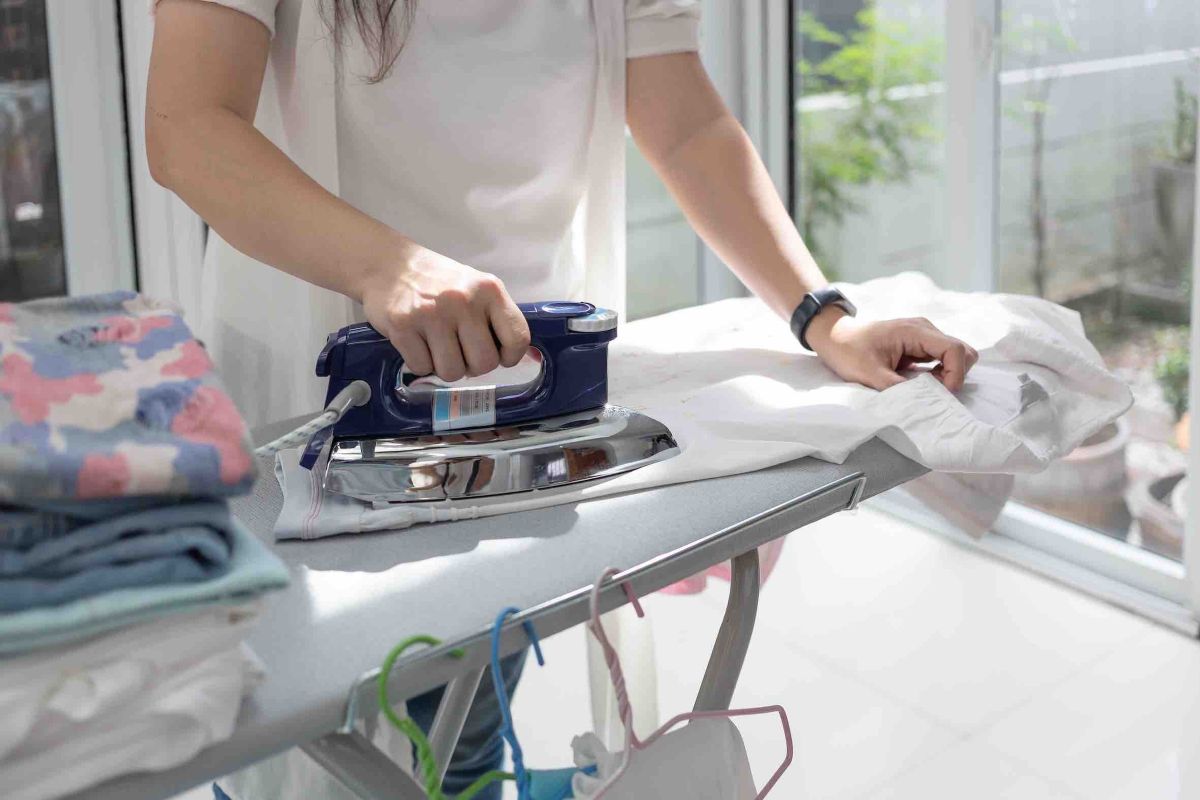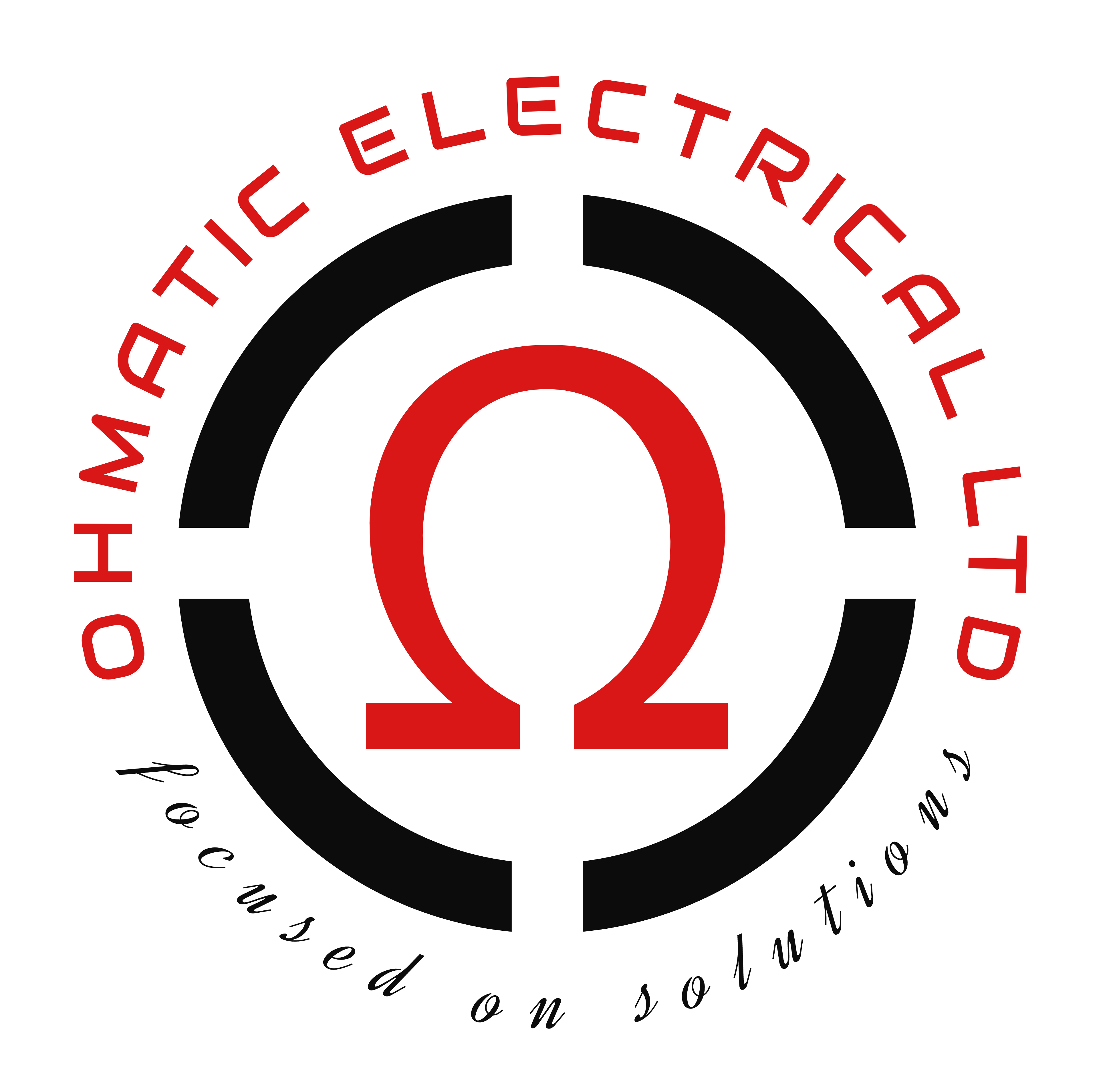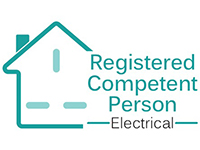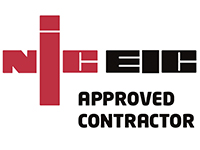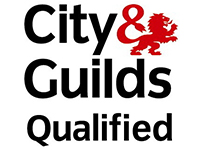A typical iron uses between;
1000 to 3000 watts (1 to 3 kW) of electricity, depending on the type and model. On average, using a 2000W iron for 30 minutes costs around 15–30p in the UK. Energy-efficient models and smart ironing habits can help reduce electricity usage and costs.
Regarding household energy usage, some appliances are more obvious culprits than others. Fridges, washing machines, and ovens often come to mind. However, the humble iron is a surprising contributor to electricity bills in many homes. Whether you’re an occasional ironer or someone who presses clothes daily, understanding how much electricity your iron uses can help you manage your energy consumption and make smarter decisions around usage. This blog will explore the energy use of various irons, how much they cost to run, and how you can be more efficient without sacrificing crisp collars and smooth trousers.
Understanding Iron Electricity Consumption
We need to understand its power rating to calculate how much electricity an iron uses. This is usually measured in watts (W) or kilowatts (kW), where 1 kilowatt equals 1,000 watts. Most household irons typically range between 1000 to 3000 watts and 1 to 3 kW.
Switching on your iron draws a certain number of watts to heat up quickly and then maintains the temperature by cycling the heating element on and off. This “on and off” mechanism affects the electricity consumed over time.
The formula for calculating energy consumption is:
- Power (kW) × Time (hours) = Energy used (kWh)
So, if you use a 2000W (2 kW) iron for one hour, it consumes 2 kilowatt-hours (kWh) of electricity.
Typical Power Ratings of Irons
To give you a clearer idea, here’s a table outlining the electricity usage of different types of irons commonly found in UK households:
| Type of Iron | Power Rating (Watts) | Power Rating (kW) | Typical Amps Drawn (approx.) |
| Dry Iron | 1000 – 1500 W | 1.0 – 1.5 kW | 4.3 – 6.5 A |
| Steam Iron | 1600 – 2400 W | 1.6 – 2.4 kW | 7 – 10 A |
| Steam Generator Iron | 2200 – 3000 W | 2.2 – 3.0 kW | 9.5 – 13 A |
| Cordless Iron | 1200 – 1800 W | 1.2 – 1.8 kW | 5.2 – 7.8 A |
| Travel Iron | 800 – 1000 W | 0.8 – 1.0 kW | 3.5 – 4.3 A |
Note: Ampere (amps) usage is calculated assuming UK standard voltage (230V). The actual amps drawn will vary slightly depending on voltage fluctuations and individual iron efficiency.
How Much Does It Cost to Use an Iron?
Your supplier’s tariff per kWh determines electricity cost. The UK average cost of electricity is around 30p per kWh (as of 2025). Using that rate, here’s how much it would cost to use your iron:
A 2000W iron used for one hour:
- 2 kW × 1 hour × 30p = 60p
However, it’s rare to iron continuously for a full hour. In reality, you may iron for 15–30 minutes per session, and due to the thermostat switching the heating element on and off, actual consumption may be less. For instance, a 30-minute ironing session might only cost you around 15–30p.
Factors That Affect Iron Electricity Usage
Several factors influence how much electricity your iron uses:
- The wattage of the Iron: Higher-wattage irons heat up faster and may maintain temperature more efficiently, but they also draw more power.
- Duration of Use: The longer your ironing session, the more electricity is used.
- Fabric Type: Thicker fabrics like denim require more heat and ironing time, increasing electricity consumption.
- Room Temperature: If you’re ironing in a colder room, the iron might have to work harder to maintain heat.
- Iron Design and Efficiency: Modern, energy-efficient irons are designed to reduce energy use while still performing effectively.
- Steam vs. Dry Ironing: Steam irons use more electricity as they require additional energy to convert water into Steam.
Energy Efficiency Tips for Using an Iron
Want to save on your electricity bills without giving up that crisp look? Here are some practical tips to reduce the electricity used by your iron:
- Batch Your Ironing: Ironing in bulk is more energy-efficient than doing small loads at different times. The iron remains hot, reducing the need to reheat each time.
- Sort Clothes by Fabric: Iron low-temperature clothes first. This allows the iron to gradually heat up, which uses less energy than constantly adjusting the temperature.
- Use Steam Wisely: Steam features consume more power. Only use them when needed for tough wrinkles.
- Iron When Clothes Are Slightly Damp: It’s easier to remove wrinkles, and you can avoid using the steam function.
- Turn off Early: Turn the iron off a few minutes before finishing. The residual heat is usually enough to complete the job.
- Use Reflective Ironing Boards: Boards with heat-reflective covers help iron clothes more quickly by distributing heat evenly.
Comparing Iron Usage to Other Appliances
To put things into perspective, here’s how ironing compares to other common household appliances:
- Electric kettle: 3 kW – used for a few minutes
- Washing machine: 0.5 – 2 kW – used for an hour or more
- Electric oven: 2 – 3 kW – used for 30 mins to an hour
- Hairdryer: 1 – 2 kW – used for 10–15 minutes
- Iron: 1 – 3 kW – used for 15–60 minutes
As you can see, while irons are among the higher-wattage devices, their usage duration is typically shorter than that of many others. That said, regular and prolonged ironing can add up significantly over time.
Environmental Considerations
Electricity generation, especially from non-renewable sources, contributes to carbon emissions. While using an iron won’t skyrocket your footprint, being mindful of your electricity usage contributes to broader environmental efforts.
Opting for energy-efficient models and using them smartly can reduce unnecessary energy consumption.
Smart Irons and Eco-Friendly Innovations
Modern irons have innovative features like auto shut-off, energy-saving modes, and rapid heat-up functions. These features reduce electricity usage while enhancing safety.
Some Brands have developed innovative irons with smart temperature controls and eco settings that adjust wattage based on fabric type. Investing in such devices could lead to long-term savings on your electricity bill and a more minor environmental impact.
Conclusion
So, how much electricity does an iron use? The answer depends on the appliance’s wattage, how long you use it, and how efficient it is. On average, a typical steam iron consumes around 1.5 to 2.5 kW, translating into 30–75p per hour of use in the UK.
Although it may seem like a minor cost, regular ironing does add up over time. Understanding your appliance’s consumption and adopting energy-efficient habits can reduce your electricity usage and save money.
Whether you’re a daily presser or an occasional ironer, knowing the power behind your iron can lead to smarter usage—and a lower electricity bill.
Frequently Asked Questions
How many watts does a steam iron use?
Depending on the model and features, a typical steam iron uses between 1600 and 2400 watts (1.6 to 2.4 kW).
How many amps does an iron draw?
Most household irons draw between 4 and 13 amps, depending on their wattage and the UK standard voltage (230V).
Does an iron use a lot of electricity?
Irons have a high wattage compared to other appliances, but they are usually used for short periods. So, while they use much power per minute, the total energy consumption per session is moderate.
Is it cheaper to iron clothes in bulk?
Yes, ironing clothes in bulk helps maintain the iron's heat more efficiently and reduces repeated heat-up cycles, saving electricity overall.
Can using an energy-efficient iron make a difference?
Absolutely. Modern energy-efficient irons, especially those with auto shut-off and eco settings, use less electricity and are designed to minimise wastage, saving money and reducing your carbon footprint.
